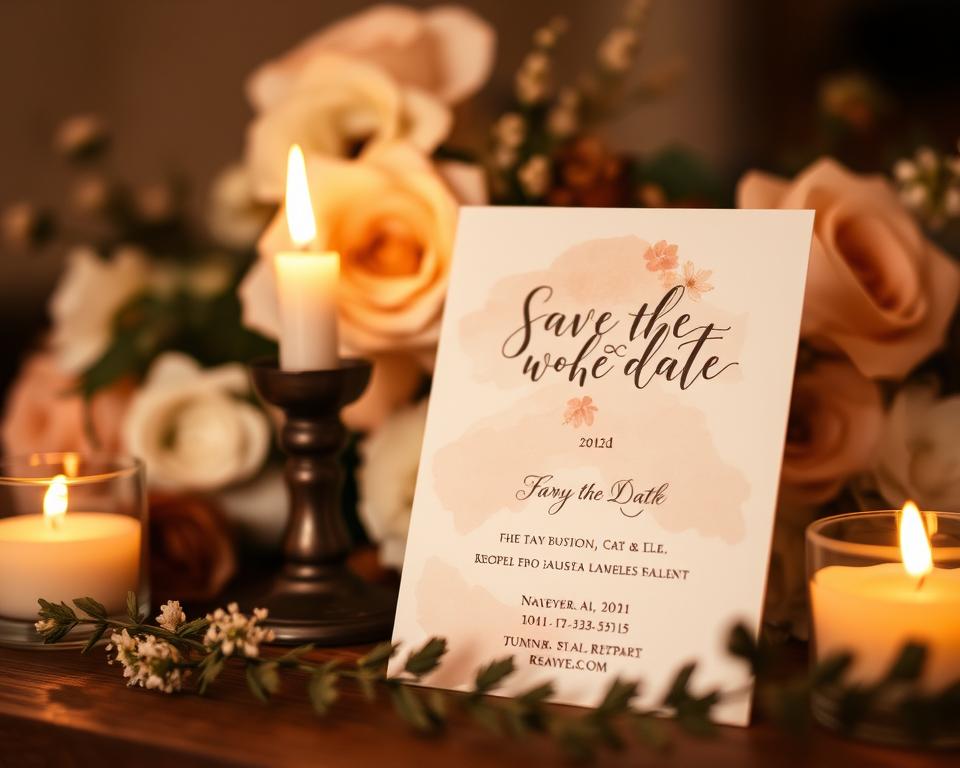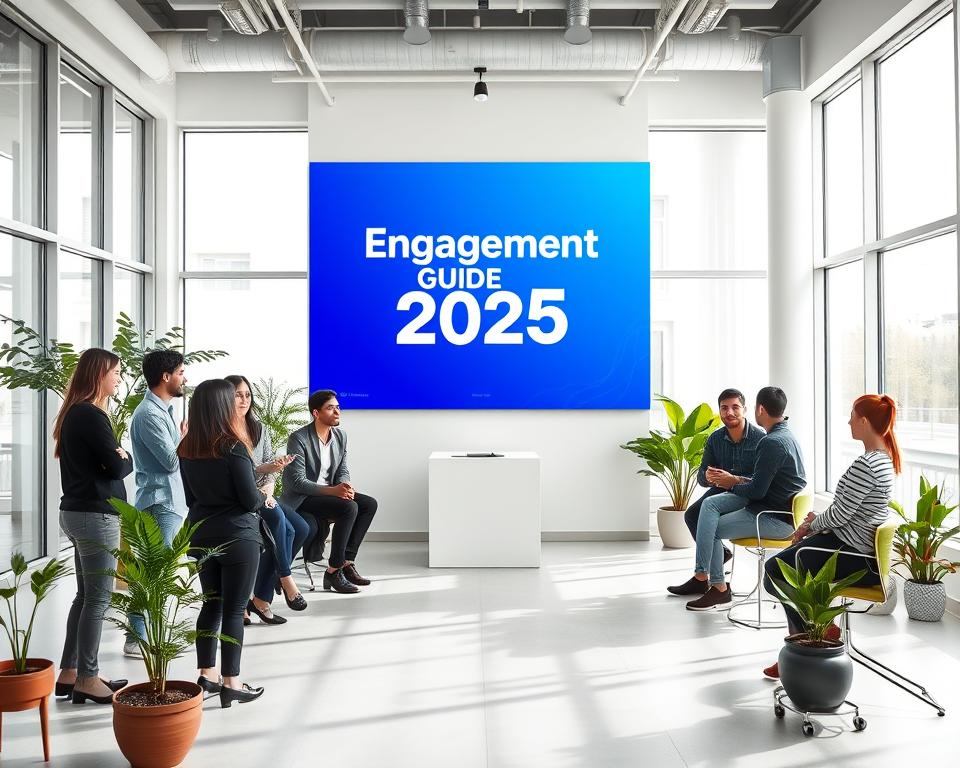Anúncios
engagement checklist to act on today helps you move from surprise to a calm plan.
You and your partner will align on priorities, budget, and a guest list first. This sets the tone for the planning process and makes decisions easier. Most U.S. couples hosting 100–200 guests use a 10–12 month window. You will see where to expand or compress that timeline.
Use simple tools like a shared Google Doc, a separate wedding account, and a basic website for guests. Book high‑demand vendors early and send save‑the‑dates 6–12 months out for destination events. A day‑of coordinator can keep your timeline on track and reduce stress.
This guide offers practical tips and adaptable steps, from proposal logistics to vendor timing. It is informational, not prescriptive. Use these ideas to shape a plan you both believe in, track progress, and update your list as your plans evolve.
Introduction
Now that you’re newly engaged, this short guide helps you move from surprise to a simple plan that respects your time and energy.
Anúncios
Context and purpose
In the first 30 days many couples tell their loved ones, pick an approximate time, and start a lightweight plan. Use this resource to align with your partner and family, agree on guest ranges (many mid-size events are 100–200 people), and learn which things need early decisions.
What this guide covers
This guide walks you through early announcements, expectation setting, budget basics, venue research, and communications. You’ll find practical tips for timing, vendors, invitations, and an engagement party so you can pace choices without rushing.
How to use this guide responsibly
Treat this as a living document. Capture key details in a simple shared file and estimate time and budget ranges before signing contracts. If you plan a celebration in peak spring or fall months, start with the biggest dependencies first and iterate as you learn.
Anúncios
- Talk openly with family and your partner to set realistic expectations.
- Prioritize vendor lead times and venue availability.
- Keep the plan flexible and update it as your needs change.
Your engagement checklist at a glance
Kick off planning by sharing news with those nearest to you and noting three immediate actions. This short overview lists clear steps so you can move from surprise to a calm plan.
Share the news and set expectations
Tell close loved ones first by text, call, or a small meet-up. Briefly state your timeline and how you’ll communicate updates.
Align on priorities as a partner team
List your top three priorities and the three things you can be flexible on. This helps with quick trade-offs later.
Sketch a timeline that fits your life
Pick a target date window with two or three options. Block milestones like venue search and vendor booking around work and travel.
Start a shared planning space and map size
Use a Google Doc or sheet to centralize your guest list and tasks. Decide early if you want an intimate dinner, mid-size gathering, or big party.
- Group must-invite loved ones vs. nice-to-have guests.
- Capture quick to-dos: separate account, ring insurance, lightweight budget.
- Jot idea seeds: music style, catering format, and ceremony tone.
- Use save-the-dates for travel-heavy plans 6–12 months ahead.
Tip: Keep this list flexible. Update it as you learn more.
Budget, time, and guest list: the planning trio
Begin with clear numbers: how much you can spend and how many guests you want. This makes each step of the process simpler and faster.
Set a realistic budget and open a separate account for deposits and payments. For example, pick a top‑down range like $25,000–$40,000, then split it roughly: venue 35%, catering 25%, photography 12%, entertainment 8%, attire and florals 10%, and a 5–10% contingency.
Map your time horizon
Many U.S. couples use a 10–12 month planning window for 100–200 guests. That gives you time to book in advance and to send save‑the‑dates 6–12 months out for travel needs.
Build an early guest list
Draft tiers: must-invite, maybe, and optional. Your per‑guest costs rise fast, so a realistic guest list controls the largest line item—catering.
Prioritize spend categories
Decide what matters most—if a specific venue or photographer is nonnegotiable, allocate more there and simplify other areas. Get three quotes per category and track deposit due dates on your calendar.
“Budget clearly, plan in advance, and keep your guest list realistic.”
- Price-check venue packages against DIY options.
- Book high‑demand vendors early and note nonrefundable payments.
- Keep a small contingency to handle changes as your process unfolds.
Date, venue, and theme: lock the foundation
Start by choosing a season that fits your calendars and gives you two to three flexible date options. Picking a season first helps you manage cost, travel, and daylight for photos.
Tour venues with a checklist mindset: confirm capacity for your target headcount, indoor/outdoor flow, and load-in logistics. Ask about getting-ready rooms, prep kitchens, parking, and ADA access.
Compare what each place includes versus what you must rent. That difference affects your budget and setup time.
Practical selection criteria
- Pick a season, then shortlist two to three date options to increase availability and pricing leverage.
- Confirm fire codes, ceremony/reception flow, and power for entertainment and lighting.
- Check location factors: transit, parking, noise rules, and end-times that affect your event.
- Use mood boards so the theme and elements reflect your story without clashing with the venue’s character.
Document pros and cons after each tour and shortlist places by fit, not hype. That balance of aesthetics and accessibility sets the tone for a comfortable wedding experience.
Vendors, contracts, and logistics
Open your vendor search across major platforms and niche suppliers to find reliable options that match your style and budget.
Where to look and how to narrow choices
Start with directories like The Knot, WeddingWire, and Zola, then add boutique searches on Google and Instagram. This mix surfaces both well-rated teams and smaller studios that may fit your vibe.
Shortlist by portfolio fit, recent reviews, and pricing clarity. Ask for two recent references and one full gallery so you see real-day results, not just highlights.
Book high-demand categories early
Lock in photographer, caterer, and entertainment as soon as your date and venue are set. These categories often book a year or more ahead on popular dates.
Why coordination and clear contracts matter
Consider a day-of coordinator to run the run-of-show, cue vendors, and handle family logistics so you can be present. A coordinator protects your timeline and reduces last-minute calls.
“Clear contracts save time and stress on the day.”
Confirm deposits, deliverables, cancellation policies, and communication expectations in writing. Specify shot lists, set lengths for entertainment, menu counts, staffing ratios, and overtime rates.
- Align response times and preferred channels in the contract.
- Request certificates of insurance and share venue requirements early.
- Centralize all details in one master sheet: contacts, arrival times, load-in, and parking.
Communication touchpoints: save-the-dates, website, invitations
Set a simple communications timeline that covers save-the-dates, your website launch, and invitation mailings. This keeps planning calm and practical.

Timing your save-the-dates: local vs. destination and photo planning
Time your save-the-dates around the scale of your event. For local weddings, aim for 6–8 months. For destination events, send them 8–12 months in advance so guests can book travel and home logistics.
Coordinate photos with your designer and photographer. Book the photographer early so engagement photos are ready in time for cards and the site.
Build a simple wedding website with your story and key information
Keep the website content focused and useful. Include schedule highlights, venue address and map, lodging blocks, transportation, and accessibility notes.
Share a short story about you two and add an FAQ to reduce questions from loved ones. Use the same design style as your printed invitations for a cohesive look.
Craft invitations and manage RSVPs to finalize your guest list
Mail paper invitations about 8–10 weeks before the date; send earlier for distant guests. Set RSVP deadlines that let you finalize counts with the venue and caterer.
- Offer a digital RSVP option to speed tracking.
- Export a weekly guest list report for your planner or caterer.
- Track undeliverable mail and follow up quickly; consider USPS address verification.
“Plan early, keep info clear, and make RSVPs easy for guests.”
After RSVPs close, reconcile meal counts and update seating in your shared doc. This ensures final logistics match the guest list and keeps vendors informed.
Personal touches, proposal details, and the engagement party
Small, meaningful details shape how your proposal and party feel to you and your people. Pick a quiet, well-lit place and confirm there are no closures, construction, or events that day.
Proposal essentials: ring fit, transport, and the right place
Make sure the ring fits the moment — choose slightly larger rather than too tight. Carry it in a slim pouch so it stays discreet and doesn’t create a visible bulge.
Know the ring’s metal and stone so you can tell a short story about why it felt right. That adds a personal touch without a long speech.
Plan a calm photo moment after the “yes.” Ask a friend with a phone or book a nearby pro for a few candid shots rather than staging a large shoot.
Host a small party: guest list, theme, and budget-friendly ideas
Decide whether you want a home gathering, a favorite restaurant dinner, or a simple rented space. Keep the guest list tight if you’re saving for the wedding and invite immediate family and close friends.
- Choose a theme that links to your wedding direction — backyard brunch, cocktail hour, or dessert-only works well.
- Add a personal touch like a shared playlist, a photo board, or a menu item from your first date.
- Save money with batch cocktails, simple florals, and a curated playlist instead of a DJ.
“Focus on friends, family, and a relaxed celebration — small ideas make big memories.”
Share logistics clearly: start/end times, parking, and if there will be brief toasts. That keeps the party comfortable and focused on celebrating your perfect engagement.
Day-of readiness and contingency planning
Treat the day like a short operations plan. Build a clear timeline, share vendor contacts, and set simple backups so you can stay present and calm.

Create a timeline and vendor contact sheet in advance
Draft a detailed day-of timeline with buffer time between phases. Share it with vendors a week in advance and confirm everyone’s cues.
Build a vendor contact sheet that lists names, phone numbers, arrival windows, load-in routes, and parking. Give copies to your coordinator and a trusted friend.
Prepare backups: weather, transportation, and accessibility
Plan weather alternatives: tent holds, an indoor option, heaters or fans, umbrellas, and extra water for hot days.
Set transportation contingencies like rideshare backup codes, shuttle schedules, and an alternate route if traffic affects the venue. Check ADA access early and reserve seating or ramps for guests who need them.
Assign roles to family members or wedding party to stay on track
Give small, clear tasks to family members and the wedding party: greet vendors, watch the card box, cue toasts, and escort VIPs. This keeps you free to enjoy the experience.
- Prepare a small emergency kit: fashion tape, stain wipes, pain relievers, and phone chargers.
- Set a communications plan: who fields vendor texts, who makes minor calls, and who has final say on quick changes.
- Confirm final counts, layouts, and dietary needs 5–7 days ahead and re-send diagrams to caterer and venue.
“A short, shared plan and clear roles let you focus on the moment.”
Conclusion
Close your planning loop by picking small experiments to validate key choices. Try one menu item at home, time a mini photo run, or draft a sample timeline to spot gaps before the big day.
, Use this short checklist to set tone and keep the process flexible. Measure what matters to you—guest clarity, budget adherence, or schedule accuracy—and adjust the way you work.
Document decisions, update save-the-dates, your website, and invitations proactively. Revisit priorities after vendor talks and hold periodic check-ins with your partner and family.
Plan iteratively, celebrate progress, and keep your engagement party and wedding focused on what feels meaningful. Thanks for using this guide—wishing you a smooth, enjoyable celebration, step by step.



